There are so many dynamic websites found on the web thanks primarily to the fact that content is handled through databases. Database management requires a structural system to rationalize such a process. One such system is SQL.
SQL stands for Structured Query Language and is a computing language used for accessing and managing data stored in Relational Database Management Systems (RDBMSs) developed by Microsoft. In 1986, the language became a standard of the American National Standards Institute (ANSI) and, in only a year, also of the International Organization for Standardization (ISO).
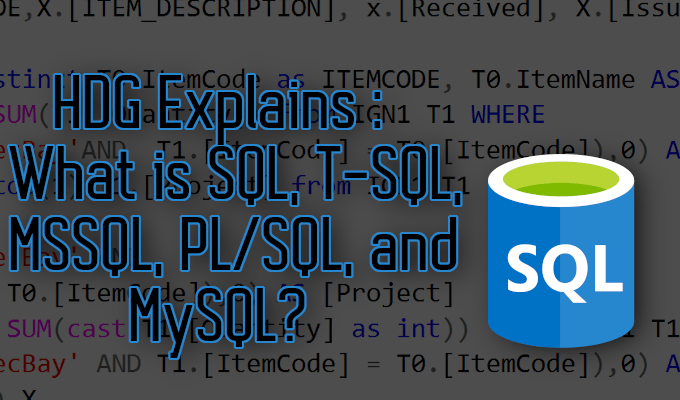
In an SQL Server, you can store, organize, and retrieve data using SQL statements. SQL also has extensions which provide support for different functions within an SQL server.
What is SQL, T-SQL, MSSQL, and PL/SQL?
SQL is a computing language used in specific servers and responsible for querying and editing information stored in the databases on those servers.
SQL is also referred to as ANSI SQL, which is the standard version as of 1986. It’s also one of the best programming languages used today. However, there are many different databases that use variants of SQL in order to serve consumers with specific database needs.
Before moving on to the varying SQL extensions, it might be good to know what exactly a database is.

A database is a structured collection of data that’s organized for easy use and retrieval. This could mean different things for different websites. It can be the text on blog posts or information gathered about a site’s registered users. Either way, it goes into and is organized within a database.
SQL is what aids these databases in organizing and locating data. But, not all databases will use the standard form of SQL. Microsoft’s SQL Servers, for example, has its own version of SQL in the form of T-SQL.
What Is T-SQL?
Microsoft’s proprietary extension, T-SQL is a variant of SQL developed to work explicitly on Microsoft’s SQL Servers. It stands for Transact – Structured Query Language and offers syntax and features that may only be used within either the Microsoft SQL Server or Azure Synapse environments.
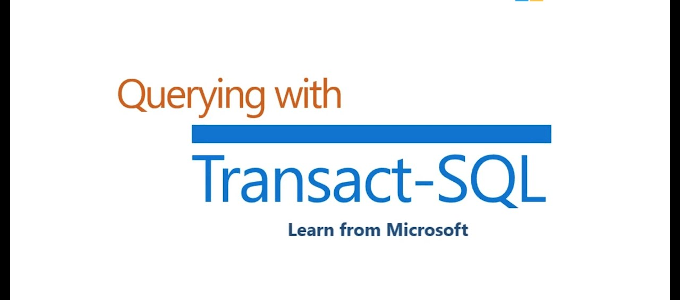
The language itself still conforms to the ANSI SQL standard, which means that so long as you have a basic understanding of SQL, it shouldn’t be too hard to pick up. There are multiple characteristics that differ from ANSI SQL, such as the handling of exceptions, errors, operating regulations, procedures based, string & data functions, and a few minor upgrades.
The reason to prefer T-SQL over SQL is predominantly when an application involves the installation of Microsoft SQL Servers.
What Is MSSQL?
MSSQL is the shortened version of Microsoft SQL Servers. These servers are a suite of database software designed by Microsoft to compete against competitors Oracle Database and MySQL.
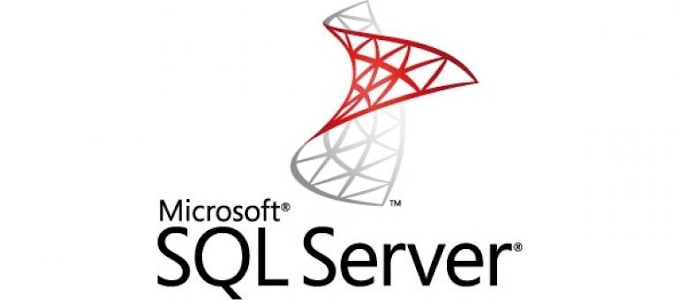
It’s widely used in enterprise deployments, which is a server configuration designed to support large-scale, mission-critical business software applications. MSSQL uses the SQL syntax, most specifically T-SQL.
MSSQL can store, organize, and process data with the use of databases, transform raw data into meaningful insights, process large volumes of data, run complex analytics and reports, and much more.
What Is PL/SQL?
Like Microsoft, an Oracle Database uses its own variant of SQL in the form of PL/SQL or, Procedural Language Structured Query Language. This incorporates the use of procedural language elements such as conditions and loops within an SQL environment.
PL/SQL allows the declaration of constants and variables, procedures and functions, types, and triggers. PL/SQL procedures can do far more than manage basic business rules. In fact, PL/SQL procedures are able to access websites, send emails, among other things that basic SQL cannot.
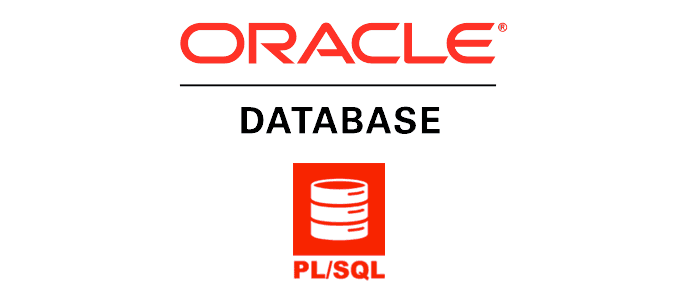
This variant was first made public in 1995 and follows the ISO SQL standard. It’s a portable, high-performance transaction processing language that provides a built-in interpreter and an OSindependent programming environment.
It’s available, and crucial, to Oracle Database systems but is also available to TimesTen in-memory database and IBM DB2.
What Is MySQL?
MySQL is an open-source SQL RDBMS developed and supported by Oracle. Not to be confused with Oracle Database which uses PL/SQL, MySQL uses its own variant of SQL simply named MySQL. MySQL wasn’t always owned by Oracle, and even after the ownership change, remains open-source.
This particular database is one of the more popular systems used to store and manage data. This is especially true when handling database solutions for WordPress sites. It helps store all blog posts, user information, plugin information, and other things related to WordPress.

In conjunction with it being a relational database system, it also uses the client-server model. This means that the server is where the data sits and must be requested via SQL by the client, meaning you.
This particular SQL is really preferable to those using WordPress sites or any sites with huge volumes of both data and end-users.
Which SQL Should You Use?
To start, T-SQL and PL/SQL are used for completely different things most of the time. Not to mention on completely different databases. The answer to which one should be used falls squarely on which database you prefer.
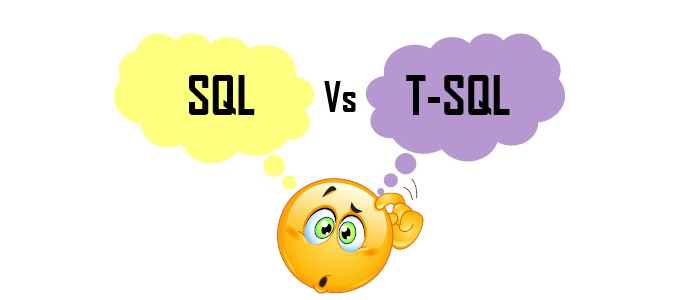
As far as T-SQL versus SQL, it too is all up to the user. However, if you’re planning on dealing with Microsoft SQL Server installations, then T-SQL is the better choice. It was developed by Microsoft, so using both in tandem maximizes compatibility.
For those who have multiple backends, ANSI SQL is preferred.